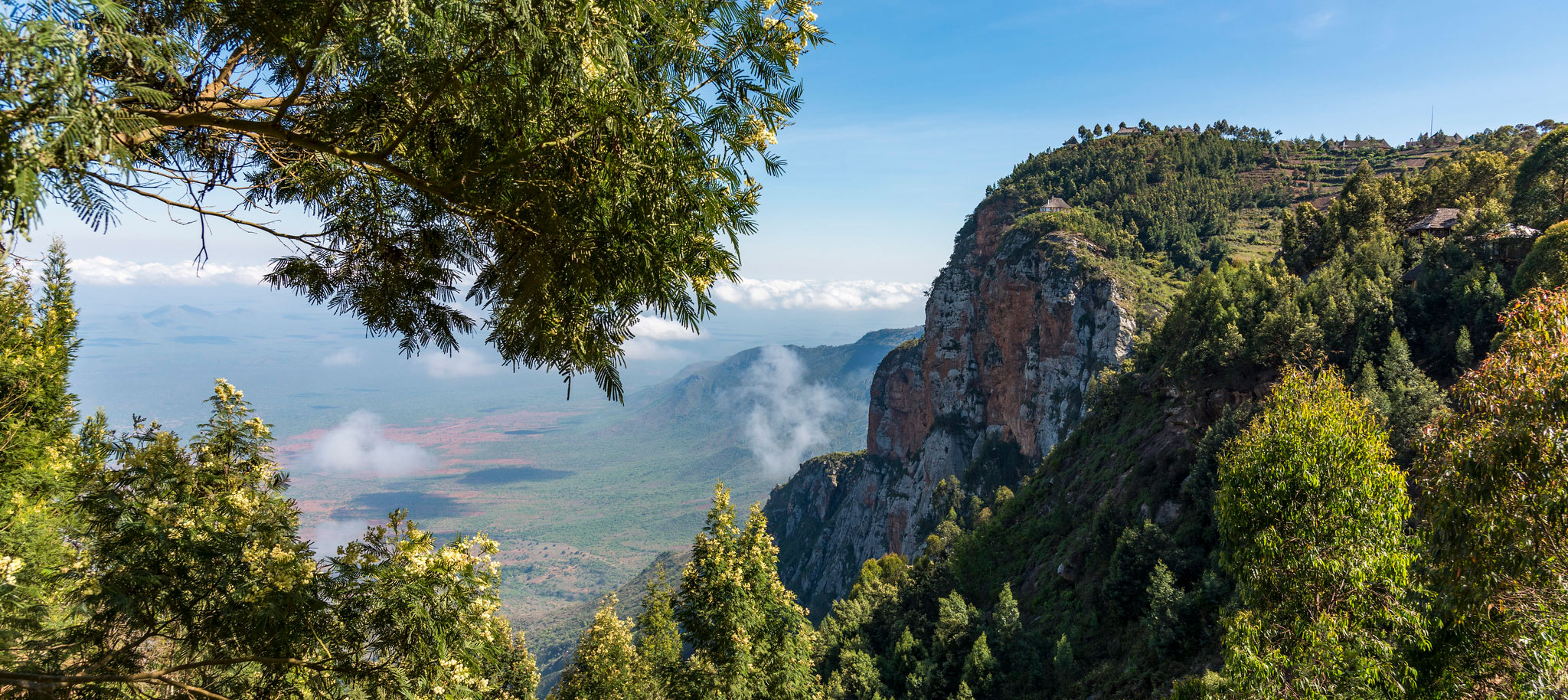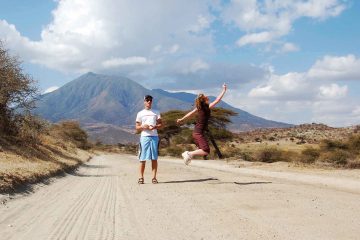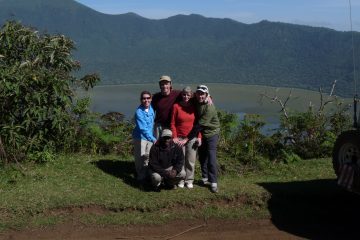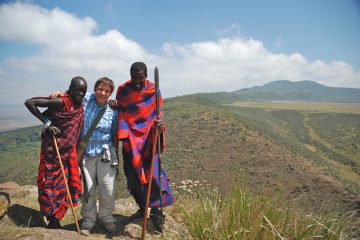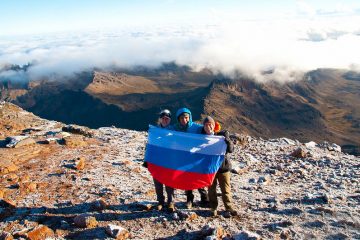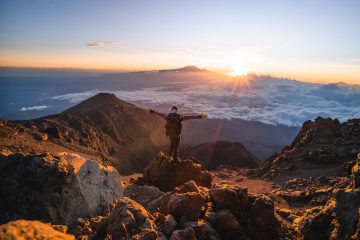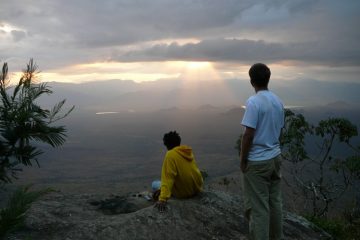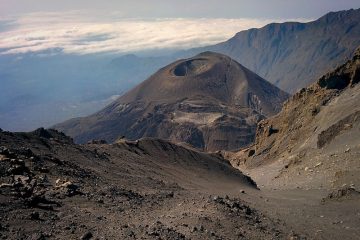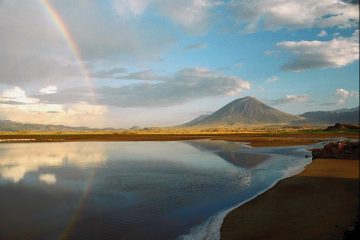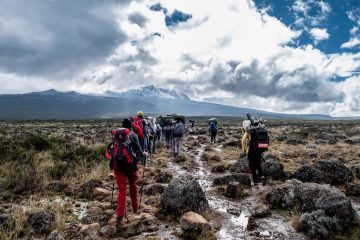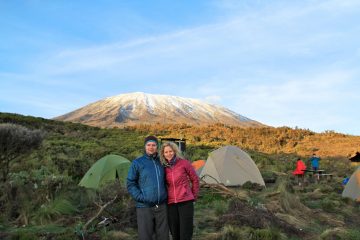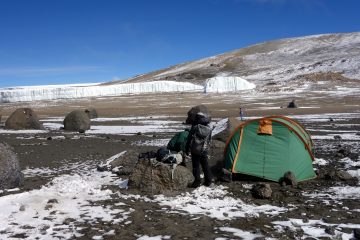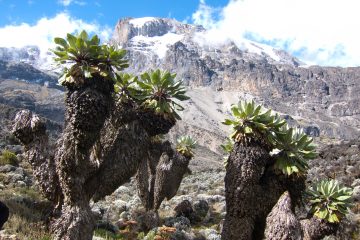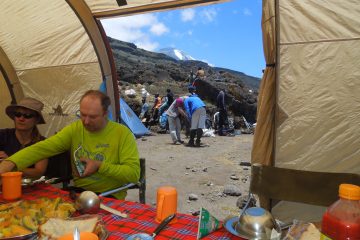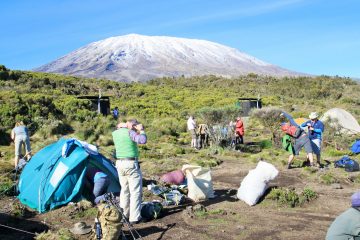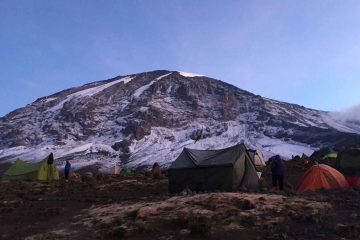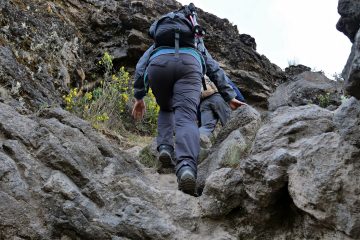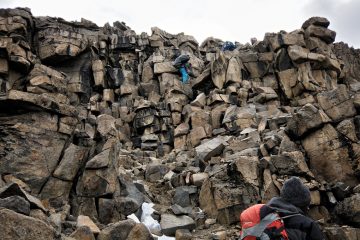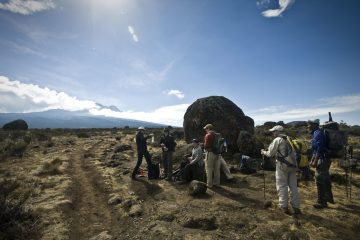Eastern Arc Mountains
The East Usambara Mountains are part of the Eastern Arc Mountains, a series of isolated mountains running from Southeast Kenya to Southwest Tanzania in a broad arc. The mountains are geologically incredibly ancient, dating back at least 100 million years. Due to cold and dry episodes that began around 2.5 million years ago, the entire area of African rain forests shrank. The rainforests required a wet environment, which the Indian Ocean provided. Individual Eastern Arc Mountains got isolated from the vast African rain forests, and then from one another.
The East Usambaras have a different climate from the rest of Tanzania. Although there is a yearly trend, rain may and does occur at any time of year. Tanzania has two distinct seasons: a hot and dry season from December to March, and a cooler and dry season from May to October. The short rains fall in November, while the ‘long’ rains fall in April and May. The temperature on the coast may be hot and humid, while the East Usambaras are cooler and wetter than the surrounding plain due to their elevation (800-1400m). The average annual rainfall is around 1,500mm, with an average temperature of 20°C.
The East Usambaras are thickly inhabited, and they are located in Tanzania’s more densely populated north. There are 18 communities in the region, with a combined population of roughly 15,500 people. In the surrounding region, another 4,000 people live and work on tea plantations. The population is quickly increasing due to a combination of natural growth and in-migration.
This is a lush and verdant environment, in contrast to the traditional image of East Africa — savannah. The natural vegetation of submontane forest supports a diverse range of flora and animals, most of which are peculiar to the area, for which it is well-known both nationally and worldwide. It is regarded as a biodiversity hotspot on a global scale. The East Usambaras are well-known for its birdlife, with over 350 species documented.
Usambara, a birdwatchers haven
The Usambaras are a haven for birdwatchers. There are numerous and different species to be seen, and experts say the Usambaras is one of Africa’s top bird-watching destinations.
The Eastern Arc Mountains are home to numerous unique plant and animal species, with over 2000 plant species, around 25% of which are endemic. There are 50 indigenous tree species among the 276 tree species! The East Usambara mountains are the closest to the sea (approximately 40 km) and have a large variety of unique species due to the damp environment. Only the East Usambaras are home to 16 different tree species. Except for mammals, the East Usambaras’ woodlands are home to a plethora of unique species across all animal groups.
Mollusks, amphibians, and reptiles all have a high level of endemism. In terms of endemic species diversity, the East Usambaras have been likened to the Galapagos Islands.
The genus Saintpaulia, sometimes known as African violet, is native to North-East Tanzania. Baron Walter von Saint Paul Illaire, the District Commissioner of Tanga Province at the time, discovered wild plants with little blue blooms in 1982. Since its introduction to horticulture, the species has experienced phenomenal and ever-increasing popularity as an indoor plant. The East Usambaras is now one of the few sites in the world where Saintpaulia can still be found, with eight species flourishing there.
Hiking the Usambara Mountains, Lushoto
Visitors flock to the Usambaras to rest, trek, and enjoy the natural beauty. Lushoto town is the primary tourist destination in the Western Usambaras. You may wander through the arboretum, hike through the forest, and search for ancient houses from the German and British colonial periods in Lushoto. The herbarium (pressed plant library) at Lushoto is an interesting stop, with thousands of pressed plants from Tanzania going back to German times (1886-1916).
Lushoto, in Tanzania’s north-eastern region, is known as “the hill-station of Tanzania.” This verdant location, highlighted by the vibrant tapestry of the Usambara Mountains, is a nice respite from the country’s hectic towns and game parks.

